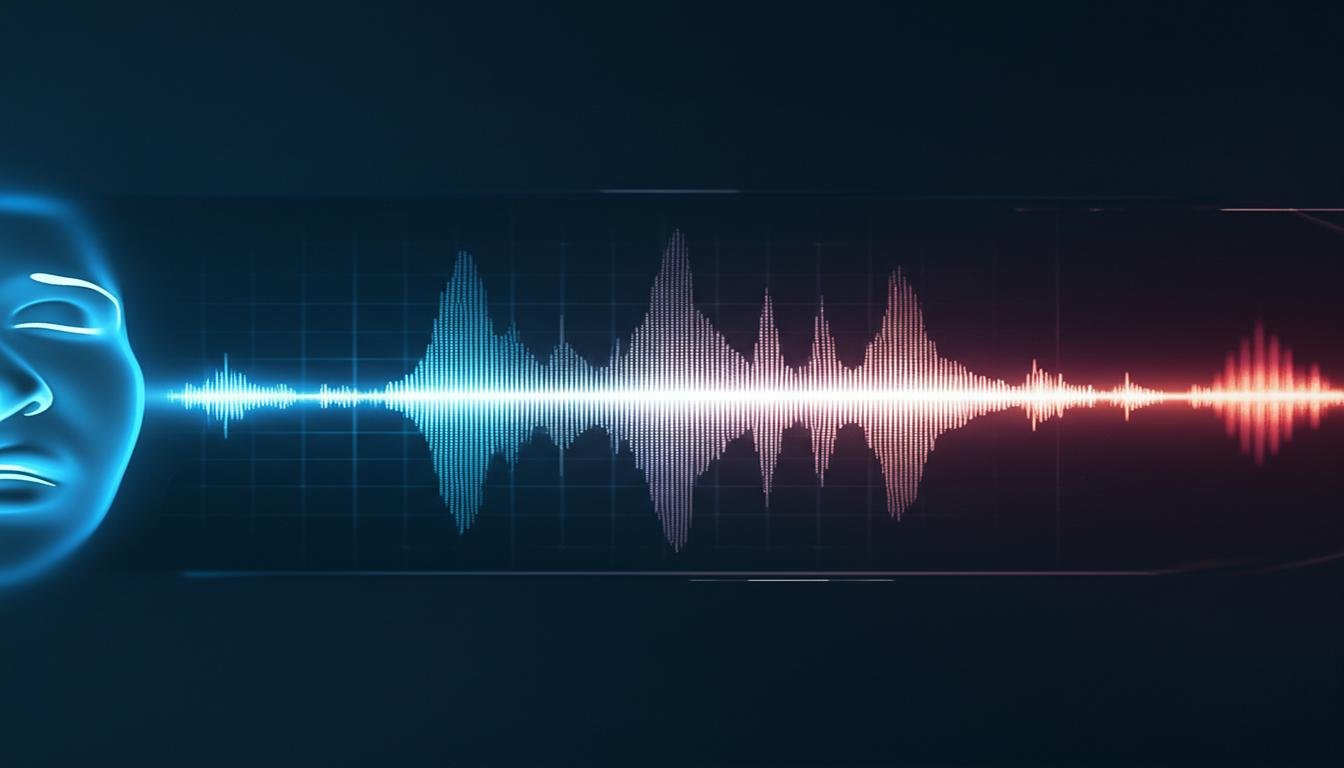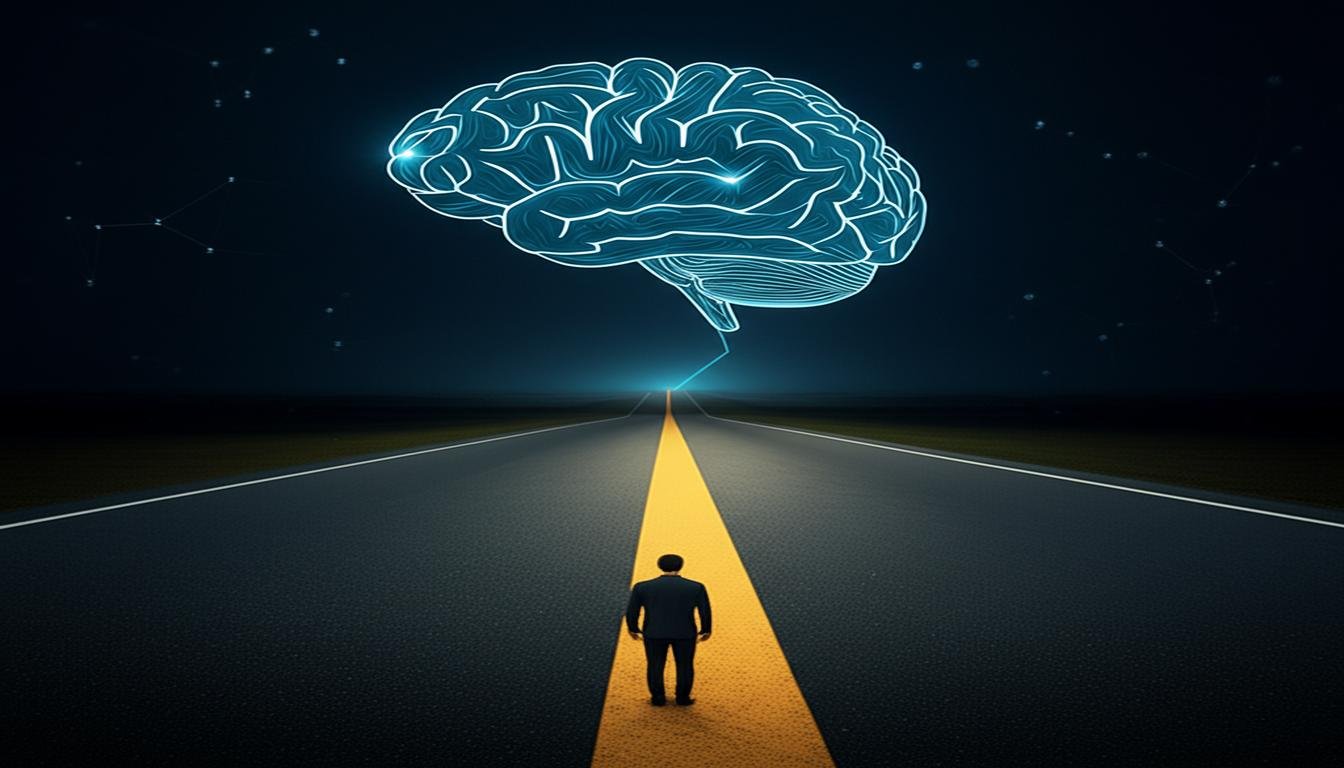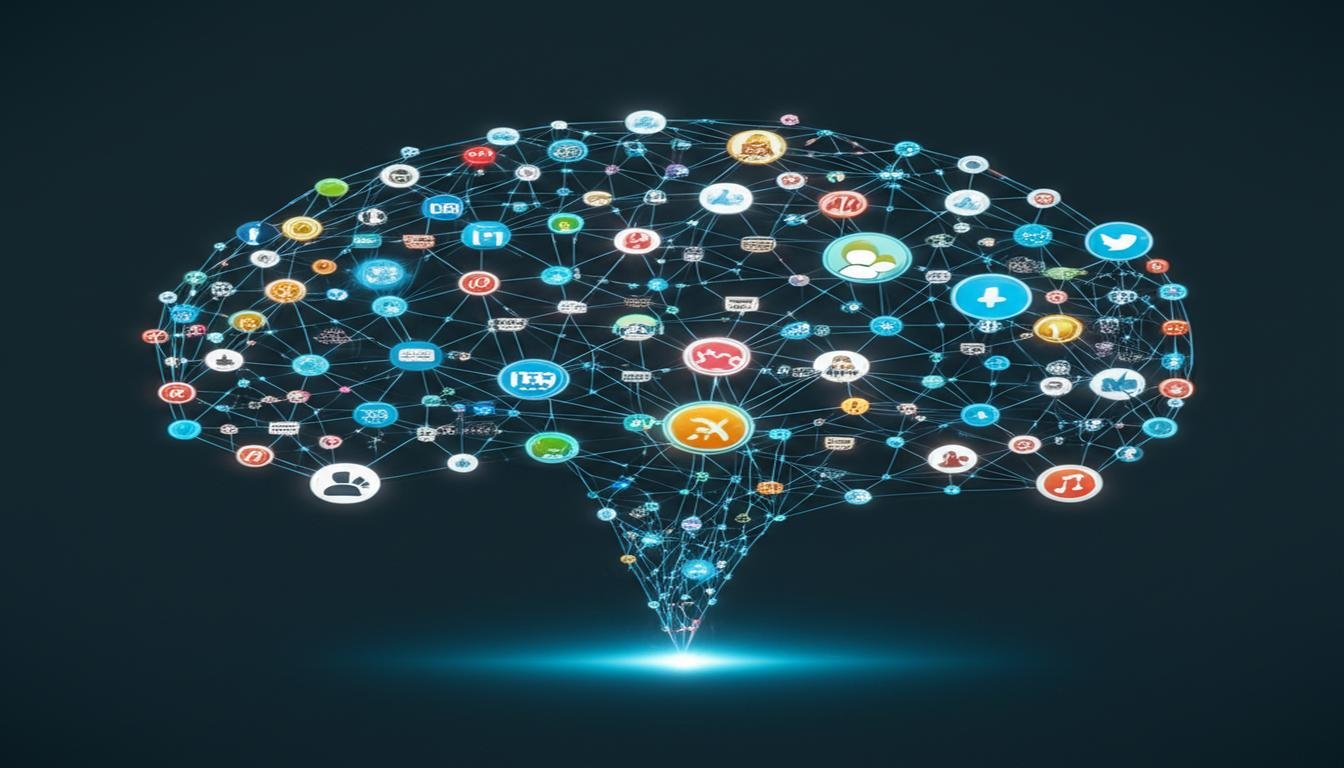AI Just Designed an Entire City – And It Looks Like the Future
Remember those old sci-fi movies where cities practically built themselves? Well, that future isn’t just on the silver screen anymore. We’re on the cusp of a revolutionary shift, where artificial intelligence isn’t just writing emails or recommending movies; it’s designing entire urban landscapes. Yes, you read that right: AI just designed a city, and it offers a breathtaking peek into what tomorrow’s urban living could truly be.
It’s easy to picture a robot with a blueprint, but the reality is far more sophisticated and, frankly, awe-inspiring. This isn’t just about drawing pretty pictures; it’s about harnessing immense computing power to tackle some of humanity’s biggest challenges – from sustainable living to efficient commutes – all before a single brick is laid.
Beyond Sci-Fi: How AI Is Redefining Urban Planning
Traditional urban planning is a complex, time-consuming dance involving countless variables, human input, and often, compromises. But what if you could process millions of data points, simulate traffic flows, energy consumption, and even citizen well-being, all at once? That’s precisely what AI brings to the table.
Instead of relying solely on human intuition or incremental changes, AI-powered design takes a holistic approach. It crunches data on everything from climate patterns and population density to social interaction patterns and resource availability. This allows for the creation of blueprints that are optimized for efficiency, livability, and environmental harmony in ways never before possible.
The Brains Behind the Bricks: What AI Brings to City Design
So, what exactly makes AI such a game-changer for designing our future urban environments? It’s a blend of powerful capabilities:
- Unprecedented Efficiency: AI can generate and analyze thousands of design permutations in minutes, far beyond what human teams could achieve in years.
- Hyper-Personalized Solutions: By understanding the needs and movements of its future inhabitants, AI can design districts, transport networks, and public spaces that truly serve the community.
- Sustainability at its Core: It can optimize for green spaces, renewable energy integration, waste management, and water conservation from the ground up, making smart cities genuinely eco-friendly.
- Predictive Problem-Solving: AI can simulate how different designs will cope with future challenges like climate change impacts, population growth, or even potential health crises, building resilience into the very fabric of the city.
- Dynamic Adaptability: Imagine a city that can “learn” and adapt. AI-designed infrastructure can be built with modularity and intelligent systems in mind, allowing for easy upgrades and changes as needs evolve.
A Glimpse into Tomorrow: What Does an AI-Designed City Look Like?
Picture this: a city where green spaces aren’t just decorative but integrated into every facet of life, filtering air and managing stormwater. Streets are designed not just for cars, but for autonomous vehicles, pedestrians, and cyclists, flowing seamlessly to minimize congestion. Buildings aren’t rigid structures but smart, responsive entities that adjust to environmental conditions, saving energy and enhancing comfort.
An AI-designed city isn’t just smart; it’s intuitive. Imagine public transport that anticipates your needs, smart grids that balance energy supply and demand in real-time, and waste systems that sort and recycle with incredible precision. It’s a place where technology works quietly in the background, making life smoother, healthier, and more connected for everyone.
Sustainable Living, Powered by Algorithms
One of the most exciting aspects of AI in urban planning is its potential for radical sustainability. These future city concepts aren’t just a bit greener; they’re designed from the ground up to be ecological powerhouses. AI can optimize the placement of solar panels and wind turbines, design buildings that minimize heat loss or gain, and even map out urban farms for localized food production.
Waste management becomes a closed-loop system, where AI identifies opportunities for reuse and recycling at every turn. Energy consumption is dramatically reduced thanks to intelligent infrastructure that only uses power when and where it’s needed. This is truly smart city development that prioritizes our planet.
The Human Element: Where Do We Fit In?
Some might worry that an AI-designed city lacks a human touch. But the goal isn’t to replace human creativity or community spirit; it’s to augment it. AI acts as an incredibly powerful assistant, a hyper-efficient data cruncher and simulator, freeing human architects, urban planners, and citizens to focus on the qualitative aspects of city life: art, culture, social connection, and overall well-being.
The best AI city designs prioritize livability, creating inviting public spaces, fostering vibrant communities, and ensuring accessibility for all. It’s about using intelligence to build environments where people don’t just exist, but thrive. Our insights and desires are crucial inputs, allowing AI to create spaces that resonate with human needs and aspirations.
Challenges and the Road Ahead
Of course, this journey isn’t without its speed bumps. Ethical considerations around data privacy, potential biases in algorithms, and the question of human oversight are critical discussions we must have. Ensuring equitable access to these advanced urban amenities and preventing a “digital divide” within cities will also be paramount.
But as these sophisticated urban designs move from concept to reality, we’re seeing an incredible opportunity to shape a future that is not only technologically advanced but also deeply human-centered and environmentally responsible. The first AI-designed cities will undoubtedly be experiments, learning and evolving as we do.
The idea of an AI-designed city isn’t just a fascinating thought experiment anymore; it’s a tangible vision taking shape before our eyes. It represents a paradigm shift in how we conceive, plan, and build our urban environments, offering solutions to some of our most pressing global challenges. So, keep an eye on this space – the future of urban living is being crafted by algorithms, and it looks incredibly promising. What do you think an AI-designed city would need most?









